
8 Coming-of-Age Books That Take Place in Adulthood
As a genre, coming-of-age books tend to focus on adolescents, those young people who are still in the process of developing from childhood into adulthood. The thinking goes that adolescents are still developing as humans, learning who they are and who they might become. Rich fodder for good literature.
By extension, one then presumes that once someone has reached adulthood, they have become themselves.
They finally have their shit together.
As someone who spent the entirety of her 20s and 30s wondering whether or not she was still experiencing a quarter-life crisis, I can safely say that having my shit together has never felt like a permanent state of being. At the age of 42, I am still changing. All of life is a crisis, and we never stop developing and becoming.
Enter coming-of-age tales that take place in adulthood, narratives that acknowledge that we are always evolving in a myriad of ways.
While some of the titles below do glance back at the protagonists’ teen and preteen selves, showing the shaky foundations upon which their adulthoods were built, the primary focus of these stories is on their grown-up lives, lives in which they are flailing or drifting and still looking for their futures.

Woman, Eating by Claire Kohda
I’ve recommended this book in the past, writing about how its supernatural elements are beside the point, and about how it explores hunger and belonging in an especially fascinating way. But more than anything else, Kohda’s tale about a young vampire pulling away from her mother is an adult coming-of-age story. Lydia — the protagonist of Woman, Eating — is a young vampire who struggles to feed herself when cut off from her usual food source. Through this premise, readers follow Lydia as she strikes out on her own, seeking independence as an artist, belonging and love among humans, and a sense of identity.
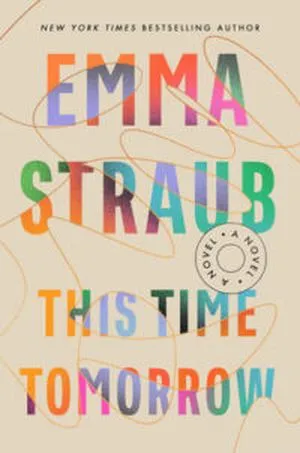
This Time Tomorrow by Emma Straub
I picked up this book because of its Sliding Doors vibes. I just love narratives that question the choices we make and show how they might reverberate throughout our lives. In this time travel book, Alice, a woman underwhelmed by the state of her life, falls asleep on the eve of her 40th birthday and wakes up on her sweet 16. Instead of using this newfound time-traveling ability to go on an adventure or reclaim lost romance or save the world, Alice starts to see her father and their relationship and the choices she’s made in life in a whole new light. When she finally settles back into her present, she does so with a new sense of peace around how things are, and how else they might someday be.
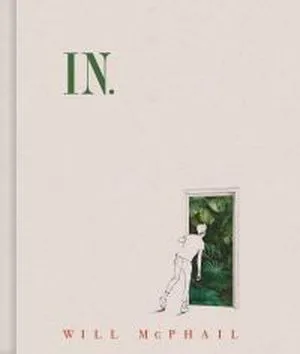
In by Will McPhail
In this semi-autobiographical graphic novel, McPhail’s protagonist Nick has trouble connecting with others. As he embarks upon a new relationship, experiencing small bursts of intimacy and vulnerability, he begins to see that when he speaks from the heart, the world around him is able to come alive. As he develops his ability to be open and unguarded and real with the people in his life, both he and his intimate relationships are transformed. This book legit made me cry.
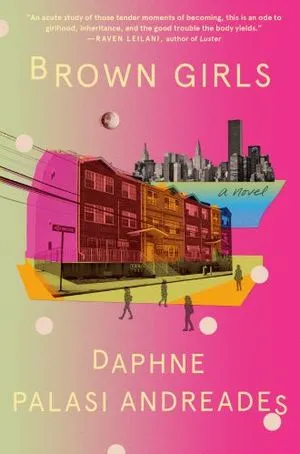
Brown Girls by Daphne Palasi Andreades
This stunning book, written in the first person plural, is built around a Greek chorus of Brown girls who are growing up in Queens, New York. While it does begin by moving through their childhood, it eventually travels all the way through their varying adulthoods, exploring friendship, ambition, loyalty, and more — in addition to the ways in which they inevitably diverge. What most drives this book, however, is the question of what it means to be a Brown girl who is struggling to find her way in the world.

Fiona and Jane by Jean Chen Ho
This book seesaws back and forth between the perspectives of its two main protagonists, circling around the friendship between Fiona and Jane, two Taiwanese American women growing up in Los Angeles. Like Brown Girls, we begin following our main characters in childhood, but we eventually follow them through an entire lifetime, with all of its ups and downs, its silences and estrangements, its small betrayals, and its moments of intimacy. What’s interesting about this coming-of-age story (and, again, it has this in common with Brown Girls) is how each woman’s life contrasts against the life of the other, really emphasizing how the process of growing up and building a life looks different for everyone.
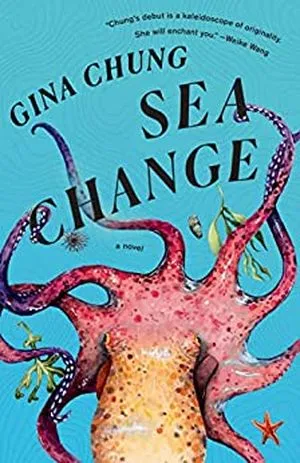
Sea Change by Gina Chung
In this novel, we follow Ro, a 30-year-old who feels frozen in place as those in her life seem to move and grow past her. Her boyfriend leaves her to join a mission to Mars. Her best friend, who is getting married and who is thriving at work, grows ever more distant. Ro, meanwhile, has been working the same menial job at an aquarium for what feels like forever, and spending her nights drinking. Feeling increasingly isolated, she doesn’t take it well when the giant octopus that’s been at the aquarium her entire life is purchased by an outside investor. At this point, she can either drown in stasis or find a way to move forward.
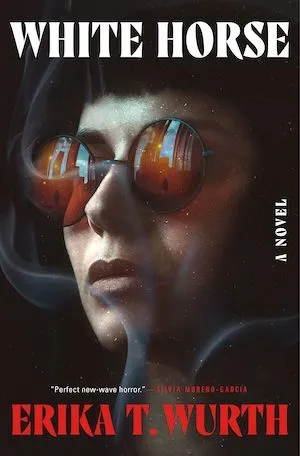
White Horse by Erika T. Wurth
Kari James, an Urban Native, tries not to think about her childhood. After all, when Kari was just 2, her mother abandoned her, and when she was older, her best friend died of a drug overdose. Instead, Kari spends most of her time at her favorite dive bar, the White Horse, and cares for her father, who was permanently disabled in a car crash. She’s close to her cousin Debby, too, but Debby’s husband doesn’t approve of their friendship. He considers the aimless Kari a bad influence, though her wildest years are behind her. But when Kari starts seeing disturbing visions of her mother, coupled with visions of a horrifying creature, she’s forced to confront the past. As she delves deeper into what happened to her mom, and begins to come to terms with the loss of her friend, she finds herself moving cautiously toward a healthier, happier future.
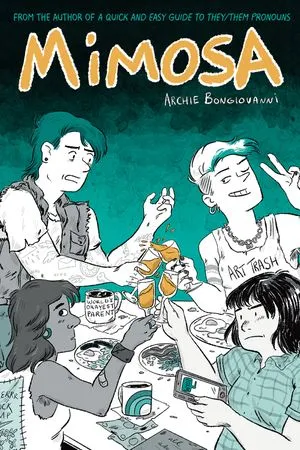
Mimosa by Archie Bongiovanni
This graphic novel revolves around four queer thirtysomethings, best friends who are sick of being “the oldest gays at the party.” They decide to launch a new queer event called Grind, a project that allows each of them to avoid thinking about their real problems, which run the gamut from messy divorces and single motherhood to inappropriate workplace relationships and dirty secrets. The four of them have always been there for each other but, as it becomes tougher to ignore their problems and even tougher to fully support each other, they find that the unthinkable happens: they grow apart. But friendships can’t always last forever, especially as we grow and change. I loved this queer coming-of-age for adults.
If you love all coming-of-age titles, from YA to adult, you might want to check out this list of 24 coming-of-age novels next.











